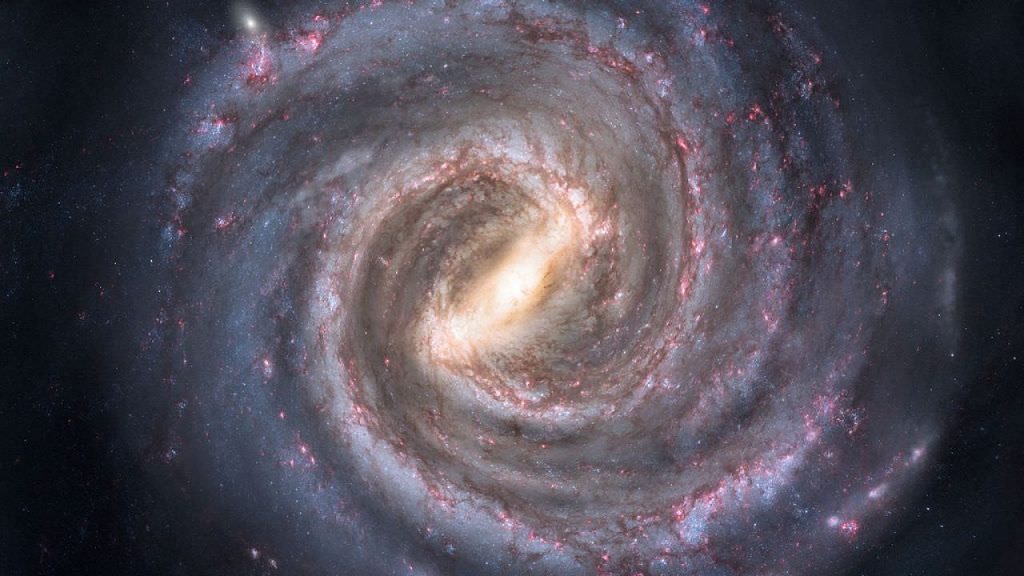A massive barrier lies at the center of our galaxy, covered in molecular gas clouds. A Chinese researchers team led by astronomer Xiaoyuan Huang uncovered an unknown barrier that prevents cosmic rays from accessing the massive cloud known as the central molecular zone. According to an article published Tuesday in Nature communication, a pretty consistent “sea” of this radiation is pouring through our galaxy.
The study also discovered an area towards the center of the Milky Way that was free of these cosmic background rays, implying “the presence of a barrier that might effectively suppress the penetration of the particles from the cosmic ray sea.”
Because the number of cosmic rays in the surrounding areas was relatively constant, the researchers concluded that the cosmic ray “sea” was possibly up against a massive magnetic field that stopped the rays from penetrating. However, research has revealed that our galaxy’s core does more than protect us from cosmic rays. Instead, elements in the galactic core may potentially speed cosmic rays through the galaxies.
Cosmic rays are mostly protons, which are the atomic nuclei of hydrogen atoms that their electrons have freed. They are caused by supermassive black holes, galactic explosions, and other high-energy, disastrous occurrences. Cosmic ray particles are frequently propelled to speeds near the speed of light by the leftovers of exploding stars or other supermassive black holes.
The Milky Way’s magnetic field diffuses and spreads these cosmic rays in “the sea,” which the researchers analyzed. Previous observations of “new” cosmic rays overlying the ocean of radiation in the galactic nucleus suggested that supernovae or the supermassive black hole in our galaxy’s center – Sagittarius A * – are churning up cosmic rays at incredible speeds. It is still uncertain what causes the acceleration of cosmic rays in the galactic center. However, the researchers speculate that it could be related to the recently discovered barrier.
Sagittarius A * can generate a charged “galactic wind” that pushes towards lower-energy cosmic rays.
Previously, the Fermi Large Area Telescope, or Fermi-LAT, was utilized to find traces of cosmic-ray acceleration in our galactic core. However, these investigations did not consider additional observations of high-energy gamma rays, the most powerful kind of light caused by the interaction of attenuated cosmic rays with clouds in the core molecular zone.
As a result, the researchers re-analyzed the Fermi-LAT data, with other observations in mind, supporting the argument for cosmic beam accelerators and discovering the cosmic beam barrier. The origins of cosmic rays are unknown; however, they are primarily intergalactic, tiny messages from beyond anything like our solar system.
A better understanding of cosmic ray activity will help scientists learn more about the Milky Way and reveal new information about distant objects like blazers and colliding galaxies. One of the study’s flaws, according to the researchers, was the lack of detail in 3D modeling of gas and cosmic ray densities; thus, better modeling is an obvious next step.
“More accurate three-dimensional gas models, especially in the inner region of [galactic center], can further improve our understanding of cosmic ray origin, ”the researchers wrote.

